Table of content
- Variety and Ripeness
- Temperature and Humidity
- Oxygen and Carbon Dioxide Levels
- Handling and Storage Practices
- Microbial Contamination
- Modified Atmosphere Packaging (MAP)
- Chilling and Freezing
- Edible Coatings and Films
- Chemical Preservatives
- Irradiation
- Harvesting at the Right Stage
- Proper Cooling and Storage
- Modified Atmosphere Storage
- Handling with Care
- Sanitation and Hygiene
- Using Edible Coatings
- Monitoring and Rotation
- Consumer Education
- Experimenting with Natural Preservatives
- Freezing for Long-Term Preservation
Introduction
Maintaining the freshness of fruits is crucial for ensuring their optimal taste, nutritional value, and shelf life. Whether you’re a homeowner looking to keep your produce fresh for daily consumption, a grocery store manager aiming to minimize waste, or a fruit farmer seeking to preserve the quality of your harvest, understanding how to retain the freshness of fruits is a vital skill. This comprehensive guide delves into the various factors that influence fruit freshness, explores scientific principles behind fruit preservation, and offers practical strategies and expert tips to help you keep your fruits at their best.
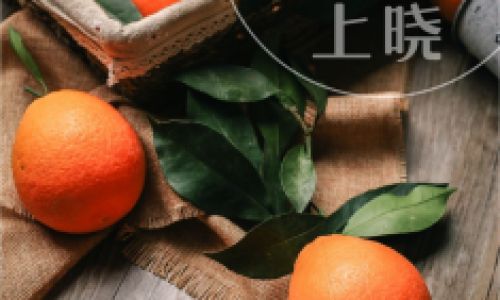
Understanding Fruit Freshness
Before diving into preservation techniques, it’s essential to grasp the basics of what constitutes fruit freshness. Freshness is a multifaceted concept that encompasses appearance, texture, flavor, aroma, and nutritional content. Fruits undergo a series of biochemical changes post-harvest, which can lead to deterioration if not managed properly. These changes include the loss of moisture, softening of tissue, development of off-flavors, and the growth of microorganisms.
Factors Influencing Fruit Freshness
Variety and Ripeness
Different fruit varieties have varying degrees of susceptibility to post-harvest deterioration. Some fruits, like apples and oranges, have thick skins that provide natural protection, while others, such as strawberries and grapes, are more delicate. Ripeness at harvest is another critical factor. Overripe fruits are more prone to spoilage due to their higher sugar content and softer texture.
Temperature and Humidity
Temperature and humidity play pivotal roles in maintaining fruit freshness. Fruits respire even after being harvested, consuming oxygen and releasing carbon dioxide. High temperatures accelerate this respiration process, leading to faster deterioration. Conversely, low temperatures can cause chilling injury in some fruits, damaging their cells and promoting decay. Humidity is also crucial; too little can cause dehydration, while too much can promote mold growth.
Oxygen and Carbon Dioxide Levels
The atmosphere around fruits influences their freshness. Oxygen is necessary for respiration but can also promote oxidative damage, leading to browning and nutrient loss. Carbon dioxide, on the other hand, can inhibit respiration but too high levels can cause off-flavors and physiological disorders.
Handling and Storage Practices
Rough handling during harvest, packaging, and transportation can bruise fruits, providing entry points for microorganisms and accelerating spoilage. Proper storage practices, including the use of suitable containers and the avoidance of stacking that compresses fruits, are essential.
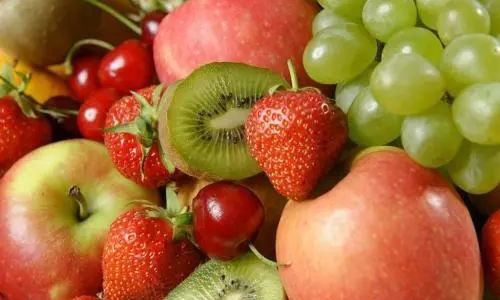
Microbial Contamination
Fruits can become contaminated with bacteria, fungi, and yeast from the field, during processing, or through cross-contamination. These microorganisms can cause spoilage and, in some cases, pose food safety risks.
Scientific Principles Behind Fruit Preservation
Modified Atmosphere Packaging (MAP)
MAP involves altering the gas composition around fruits to create an optimal environment for freshness. By reducing oxygen levels and increasing carbon dioxide, MAP can slow respiration, inhibit microbial growth, and extend shelf life.
Chilling and Freezing
Low temperatures slow down biochemical reactions, including respiration and microbial activity. Chilling is commonly used for fruits that tolerate it well, while freezing preserves fruits by halting all biochemical processes almost entirely.
Edible Coatings and Films
Edible coatings and films form a protective barrier on the fruit surface, reducing moisture loss, controlling gas exchange, and preventing microbial contamination. Natural ingredients like wax, chitosan, and essential oils are often used.
Chemical Preservatives
Certain chemicals, such as antioxidants, antimicrobials, and acidulants, can be applied to fruits to extend their shelf life. However, consumer concerns about chemical residues have led to a shift towards natural and organic preservation methods.
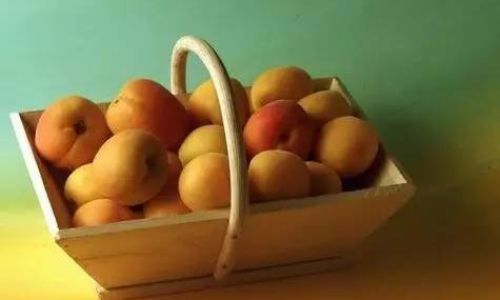
Irradiation
Food irradiation uses ionizing radiation to kill or inactivate microorganisms on fruits. While effective, it faces consumer resistance due to perceptions of safety and potential nutritional loss.
Practical Strategies for Maintaining Fruit Freshness
Harvesting at the Right Stage
Harvest fruits at their optimal ripeness stage. This varies by variety but generally means picking when the fruit has reached its full size, color, and firmness. Overripe fruits should be used immediately or processed for preservation.
Proper Cooling and Storage
Immediately cool harvested fruits to their optimal storage temperature. This usually ranges between 0°C and 13°C, depending on the fruit type. Use refrigerators or cold rooms with controlled humidity to maintain these conditions. Avoid temperature fluctuations that can stress fruits and promote spoilage.
Modified Atmosphere Storage
Invest in modified atmosphere storage systems or use simple techniques like placing fruits in plastic bags with small holes to allow gas exchange. Commercial MAP packaging can also be employed for longer-term storage and transportation.
Handling with Care
Handle fruits gently to avoid bruises and wounds. Use padded crates and soft materials during transportation and storage. When selecting fruits for display or consumption, prioritize those with minimal imperfections.
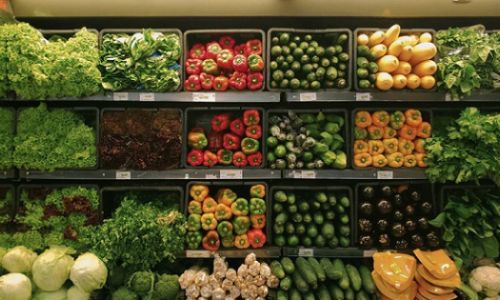
Sanitation and Hygiene
Maintain high standards of sanitation in all areas where fruits are handled, stored, and processed. Regularly clean and disinfect surfaces, tools, and equipment. Wash hands thoroughly before handling fruits, and avoid cross-contamination by keeping raw and processed fruits separate.
Using Edible Coatings
Apply edible coatings like beeswax, carnauba wax, or chitosan solutions to fruits to create a protective barrier. These coatings can be homemade or commercially sourced and are particularly effective for delicate fruits like berries.
Monitoring and Rotation
Regularly inspect stored fruits for signs of spoilage. Rotate stock to ensure that older fruits are used first. Promptly remove and dispose of any spoiled fruits to prevent the spread of microorganisms.
Consumer Education
For retailers and consumers, educating people about proper fruit handling and storage practices at home can significantly extend the freshness of fruits. Provide clear instructions on packaging and offer tips on how to store different types of fruits.
Experimenting with Natural Preservatives
Explore the use of natural preservatives like ascorbic acid (vitamin C), citric acid, and essential oils. These can be sprayed or dipped onto fruits to enhance their shelf life without compromising taste or safety.
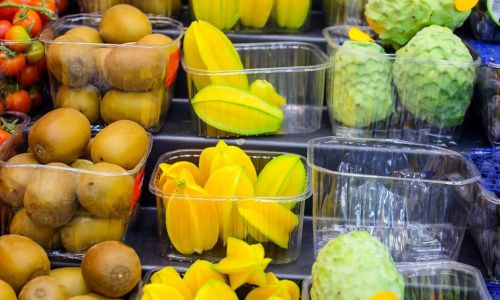
Freezing for Long-Term Preservation
For fruits that are in season or in excess, consider freezing. Blanching certain fruits before freezing can inactivate enzymes that cause texture changes. Use airtight containers or freezer bags to prevent freezer burn.
Conclusion
Maintaining the freshness of fruits is a multifaceted challenge that requires a combination of scientific knowledge, practical strategies, and careful handling. By understanding the factors that influence fruit freshness and employing effective preservation techniques, you can ensure that your fruits retain their optimal quality, taste, and nutritional value. Whether you’re a consumer, retailer, or producer, these tips and strategies will help you keep your fruits fresh, delicious, and safe for longer. Remember, the key to success lies in consistency, attention to detail, and a willingness to experiment with different methods to find what works best for your specific needs.


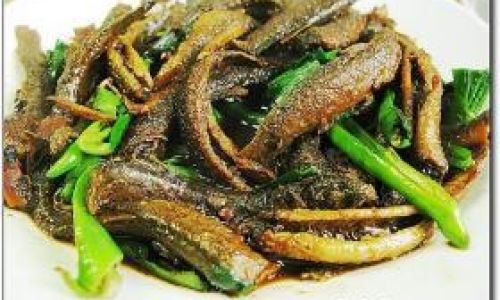
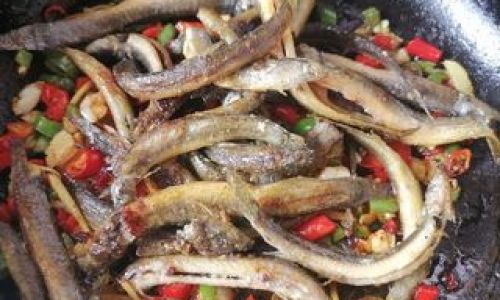
0 comments